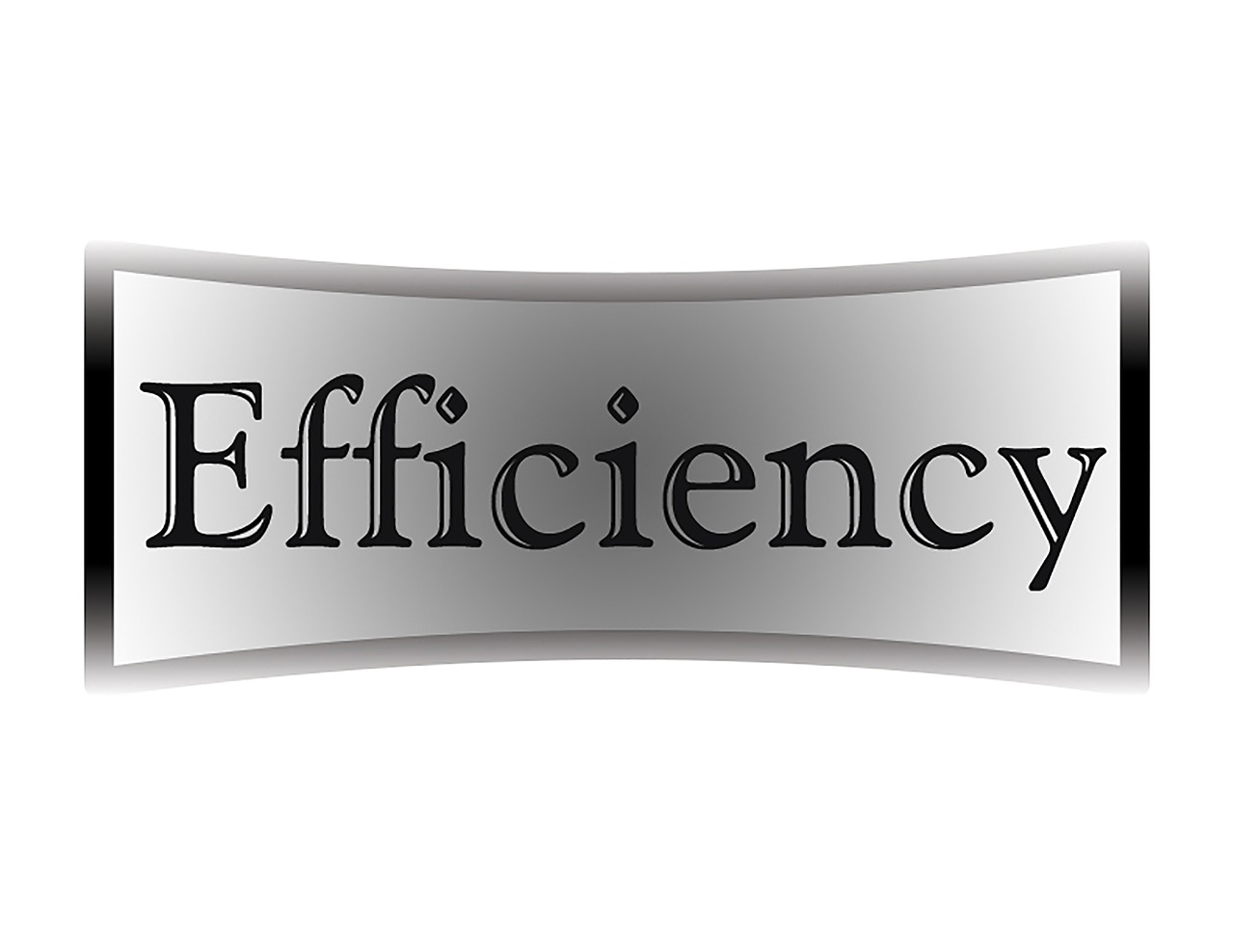
Teaching radiology to students is not the priority at many medical and physician assistant schools. Eventually, these students become staff, faculty, and attendings. And, knowing how to avoid mistaken orders in radiology takes a little bit of savvy and education. Therefore, many folks do not know what to request, even though they are responsible for ordering the correct studies. And I’m sure many of you have noticed this issue, whether beginning on your path through radiology or as a more seasoned veteran.
To make this point, recently, a group of referrers wanted to me give them some tips about how they should order studies. In particular, they wanted to know when to request contrast and how to make sure their patients are getting the proper test. So, as I mulled over how to present this information to them, I realized this would create an excellent blog! So, let’s go through some of the most commonly mistaken orders that clinicians make when they order studies.
Most Commonly Mistaken Orders!
Chest CT
Hilar and Mediastinal Masses
How often do you see patients receiving non-contrast chest CT studies where the primary diagnosis is a hilar or mediastinal mass? I don’t know about you, but we come across these mistaken orders frequently, especially in cases where the patient has no contraindication to intravenous contrast. Why is this a mistake? Well, you need to be able to separate the mediastinal vessels from an adjacent mass of the same density to evaluate it!
Pulmonary Nodules
Likewise, for pulmonary nodules, typically, we don’t need contrast because the contrast between a soft tissue density nodule and the adjacent pulmonary parenchyma is spectacular, to begin with! With all its complications, intravenous contrast does not play a role in the situation of following a pulmonary nodule.
Ordering Chest CTAs vs. VQ Scans
Commonly, we see the mistaken orders for this situation all the time. First of all, a chest CTA is usually the best test when you are not sure about the diagnosis. For example, one of many possible diagnoses is pulmonary embolus. A chest CTA will allow you to figure out if pulmonary emboli are causing the symptoms and if one of a million other diagnoses are causing the same (pneumonia, pneumothorax, masses, etc.)
On the other hand, a VQ scan is best when the patient is significantly less likely to have an alternative diagnosis. Of course, VQ scans should also be the first-line test when patients have c0ntraindications to contrast for any one of many reasons.
Moreover, if the patient has a history of pulmonary embolus, diagnosed on any test, and you want to check for interval change, you should order the same test next time. It adds specificity to the diagnosis, whether the prior was a chest CTA or a VQ scan.
Abdominal Imaging
Mistaken Orders For Abscesses And CT Scans
We see patients who receive mistaken abdominal and pelvic CT scans orders that do not recommend intravenous or oral contrast for a suspected abscess. Why are these specifications critical for performing a workup for abscess? Well, bowel loops and abscesses can have the same density. So, you can quickly lose the forest for the trees and miss an abdominal abscess.
Additionally, we often see a workup with an order that only includes an abdomen or pelvis for an intra-abdominal abscess. It is an incomplete study if you only order an abdomen without the pelvis and a pelvis without the abdomen. Patients refer visceral pain to many places different from the site of symptoms! So, don’t limit yourself to only one if you are unsure.
When To Order Abdominal MRI
One of the biggest confusions I see is when to order an abdominal MRI vs. CT scan. In the case of any time when non-ionizing radiation can take the place of a CT scan with similar or better specificity, MRI is the preferred exam. Therefore, ordering an MRI for a possible hepatic hemangioma would make a lot of sense. Imaging pancreatic cysts is also usually the preferred method for the same reasons!
Don’t Order Ultrasound For Pancreatic Mass/Pancreatitis Screening!
Ultrasound is an inferior test for the evaluation of the pancreas. You can miss as much pathology as you can find because it sits in a location that bowel and body habitus can easily obscure. So, consider another test instead!
Extremities CT vs. MRI
Ligamentous/Cartilaginous Pathology
MRI of the extremities is a better option for almost all soft tissue pathology. CT does not resolve the nuanced difference in soft tissue because it relies upon different densities to pick out pathology. And, pathologies of the ligaments, cartilage, and muscles usually have the same density as the adjacent normal tissue. MRI allows you to differentiate the differences between these tissues based on water and fat content!
Bone Pathology
CT works much better for evaluating primary bone abnormalities such as fractures, bone tumors, and degenerative changes to help make an initial diagnosis. CT scan allows for a better evaluation of the calcific matrix. On the other hand, MR or CT may make sense in a follow-up study of a bone issue, depending on the situation. For instance, a follow-up of the extent of a known bone tumor or metastases can be more sensitive on an MRI. I would recommend calling the reading radiologist if there is any question!
Breast Imaging
Ordering Mammograms Vs. Breast Ultrasound
In general, for patients with a breast lump, clinicians should order a breast ultrasound when the patient is under 30 and a mammogram over 30. Why do we recommend this? Under the age of thirty, breast tissue is more sensitive to radiation. Additionally, the pathologies, such as cysts and fibroadenomas, tend to be more specific. Do an ultrasound before the mammogram in the older population. You can miss the entire picture and need to bring the patient back for a wasteful second ultrasound to figure out if there is pathology!
Ultrasound Breast Screening Versus Diagnostic Breast Ultrasound
I find this issue one of the most frustrating of them all. But, it is also confusing for the ordering clinician. We will often get a prescription for a patient with breast pain for a mammogram and ultrasound. A mammogram is often all you need for this symptom because breast pain is not a risk factor for detecting breast cancer. But, sometimes, the ordering doctor may want a screening ultrasound test or a focused diagnostic ultrasound, not both. A screening ultrasound involves all of both breasts. And a focused diagnostic ultrasound is only for the area of symptoms. Based on the order, we often cannot tell which one it is. So, the ordering doctor must tell us what they want. Otherwise, the patient may not get the correct exam!
Lumbar Spine MRI
Contrast Vs. No Contrast
Get this one right because it can waste time for the radiologist and the patient! For generalized back pain, MRI without contrast is sufficient. It can detect all sorts of disc and bone pathology. Intravenous contrast is not harmless and usually does not add any particular benefit in this situation. And, if there is something that needs further workup, we will rarely recommend an additional test with intravenous contrast. On the other hand, prior surgery is a common indication for intravenous contrast because it can be difficult to distinguish between post-surgical scarring and disc pathology.
Fluoroscopy Mistaken Orders
Upper GI series vs. esophageal vs. small bowel series
Clinicians should be as specific as they can with what they want to order. If they’re going to evaluate dysphagia, request an esophagram. Or if you a patient has reflux with abdominal pain and possible ulcer, order an upper GI series. Likewise, if the patient has anemia, order a small bowel series. Fluoroscopy exams are focused, and these examinations are not precisely the same, so they need to let us know what they want!
Mistaken Orders- A Radiology Conundrum!
As radiologists, we want to ensure that the patients receive the best exam possible for their condition. Doing the proper examination can improve patient health, prevent undue complications, and decrease the length of the disease course. And, many ordering clinicians do not have the training we have had. So, make sure that the tests that clinicians order are correct and make sense. We need to continue educating the folks who order these studies to improve the health care system for all!









